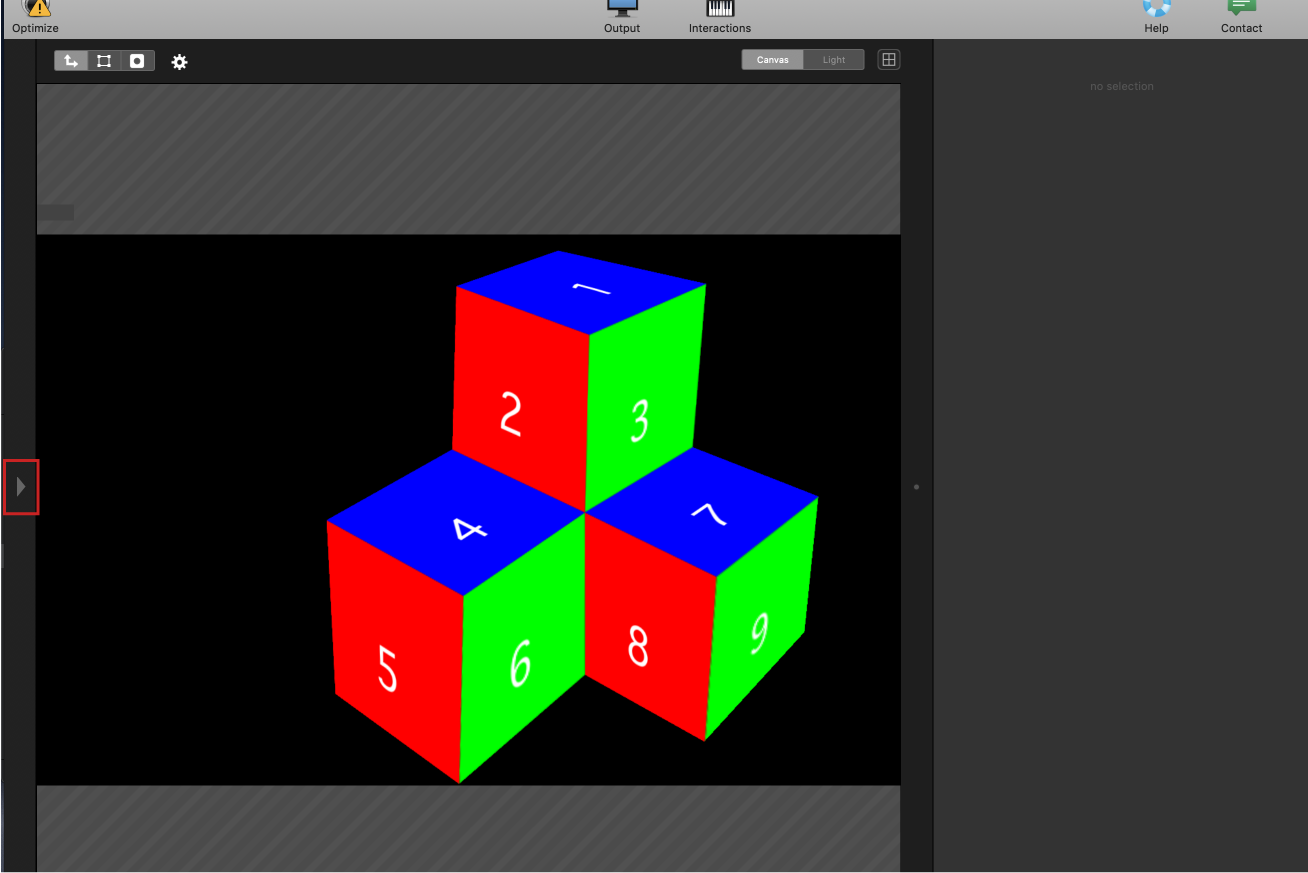

In this event, we used Millumin v1 with a custom "livedraw" script, which is coded in Quartz Composer from Ali Momeni.
#Millumin 3 Pc#
So our parts list for this project, as follows: * A PC or Mac, with Millumin 1 or 2 software.
#Millumin 3 manual#
Those that are interested in planning a similar event should reference Ali’s Manual for Urban Projection. We were inspired by Ali Momeni’s participatory projection work for the Center for Urban Intervention. We used a program called Millumin to process the footage and map it onto the surface of the building. Then we fed the video back into a computer and finally, into the projector. The event setup included a lightbox, sheets of cellophane and a webcam which were all used to capture the users’ drawings in real time. This inspired our future work where we've explored potential tools and approaches for educators to support their students in imagining and analyzing potential futures. Once we saw how quickly many of them took to this work, we began wondering how we might make this work more accessible for use in a classroom. We were excited to discover that young children seemed to be naturally imaginative and genuinely excited about expressing their visions for the future. Then we would project their drawings onto the side of one of the buildings that bordered the lot and then record their reactions. We called our projection event Future Fridays and set up our equipment in a vacant lot along Penn Avenue, the main street in Bloomfield, and invited participants to draw their visions for the future of that space. In order to test this as an effective tool for collective futuring, we hosted an interactive urban projection event during the First Friday Festival - a monthly street fair held in Bloomfield - Pittsburgh PA, where vacant spaces are transformed into art galleries and performance spaces. Urban projection, as the name implies, involves projecting images onto large surfaces in an urban environment, specifically the sides of large buildings. For our first experiment in collective futuring, we wanted to test the concept of “urban projection” as a futuring tool.


 0 kommentar(er)
0 kommentar(er)
